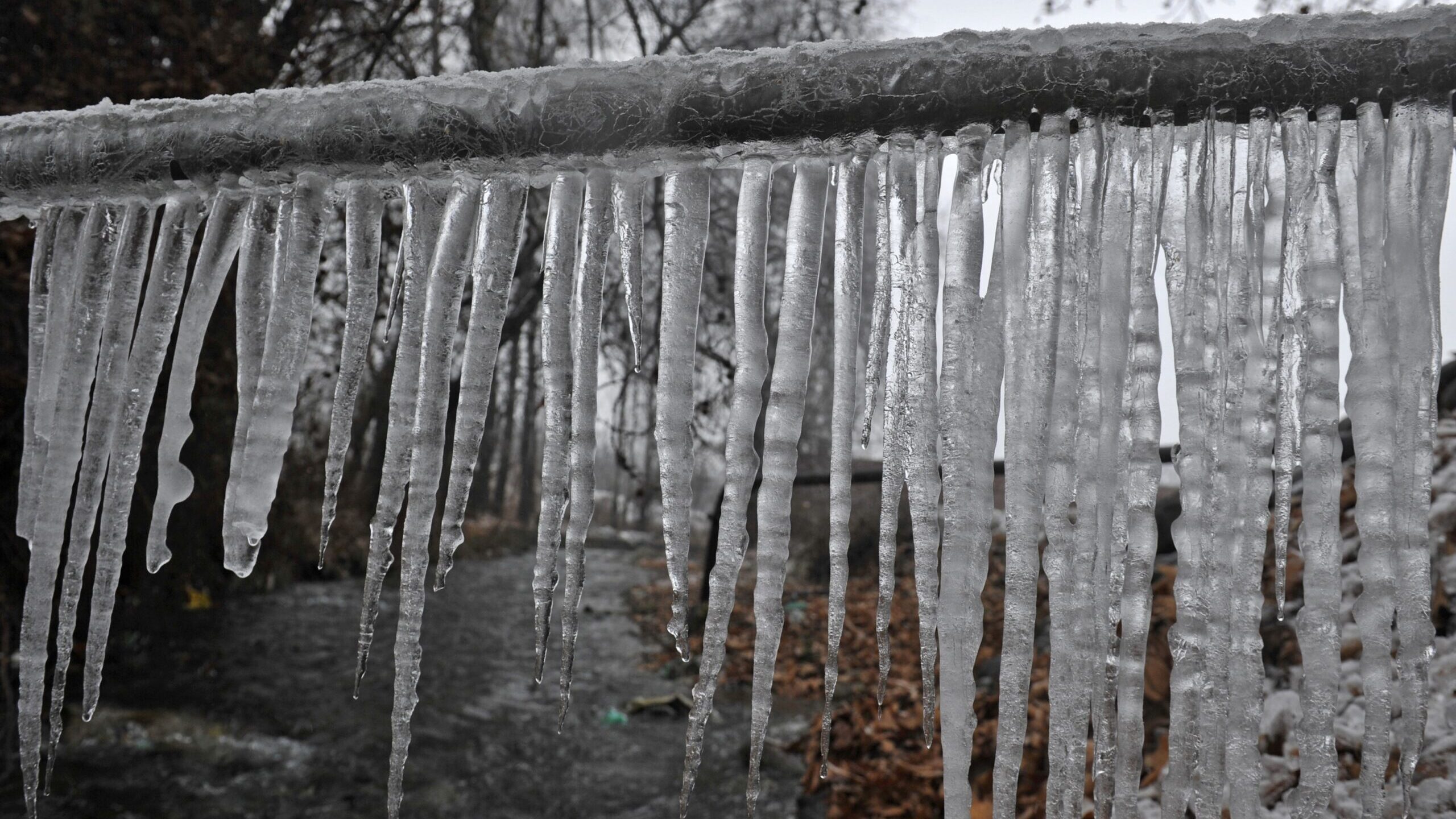How to Avoid Frozen Plumbing in Cold Weather: Expert Guidance
How to Avoid Frozen Plumbing in Cold Weather: Expert Guidance
Blog Article
Here below you'll find more good resources about How to Prevent Your Pipes From Freezing.

Cold weather can ruin your pipes, especially by freezing pipelines. Right here's exactly how to stop it from occurring and what to do if it does.
Introduction
As temperatures drop, the threat of icy pipes rises, possibly leading to pricey fixings and water damage. Recognizing just how to stop frozen pipelines is essential for property owners in chilly climates.
Prevention Tips
Insulating susceptible pipelines
Wrap pipes in insulation sleeves or make use of warm tape to safeguard them from freezing temperatures. Concentrate on pipelines in unheated or external areas of the home.
Home heating strategies
Keep indoor areas sufficiently heated, specifically locations with pipes. Open closet doors to permit warm air to distribute around pipelines under sinks.
Just how to identify icy pipelines
Look for reduced water circulation from faucets, unusual odors or sounds from pipelines, and visible frost on exposed pipelines.
Long-Term Solutions
Architectural changes
Take into consideration rerouting pipelines far from exterior wall surfaces or unheated locations. Include added insulation to attic rooms, basements, and crawl spaces.
Updating insulation
Purchase premium insulation for pipes, attic rooms, and walls. Appropriate insulation assists preserve consistent temperatures and lowers the threat of icy pipes.
Protecting Outdoor Pipes
Garden tubes and outdoor taps
Separate and drain pipes yard hose pipes before winter. Mount frost-proof spigots or cover outside taps with protected caps.
Comprehending Icy Pipelines
What triggers pipes to ice up?
Pipelines freeze when subjected to temperature levels listed below 32 ° F (0 ° C) for prolonged periods. As water inside the pipes freezes, it increases, taxing the pipeline wall surfaces and possibly triggering them to rupture.
Dangers and damages
Frozen pipes can bring about water disturbances, residential property damage, and costly repair services. Ruptured pipelines can flood homes and cause extensive architectural damage.
Signs of Frozen Piping
Recognizing frozen pipes early can stop them from bursting.
What to Do If Your Pipelines Freeze
Immediate activities to take
If you presume frozen pipelines, keep taps open to eliminate pressure as the ice thaws. Make use of a hairdryer or towels soaked in warm water to thaw pipelines gradually.
Final thought
Protecting against icy pipes calls for proactive measures and quick feedbacks. By understanding the reasons, indicators, and safety nets, homeowners can safeguard their plumbing throughout winter.
6 Proven Ways to Prevent Frozen Pipes and Protect Your Home
Disconnect and Drain Garden Hoses
Before winter arrives, start by disconnecting your garden hoses and draining any remaining water. Close the shut-off valves that supply outdoor hose bibs and leave the outdoor faucet open to allow any residual water to drain. For extra protection, consider using faucet covers throughout the colder months. It’s also important to drain water from any sprinkler supply lines following the manufacturer’s directions.
Insulate Exposed Pipes
Insulating your pipes is an effective way to prevent freezing. Pipe insulation is readily available at home improvement stores and is relatively inexpensive. Pay close attention to pipes in unheated areas such as the attic, basement, crawl spaces, or garage. Apply foam insulation generously to create a buffer against the cold. You can also wrap your pipes in heat tape or thermostat-controlled heat cables for added warmth.
Seal Air Leaks
Inspect your home for any cracks or openings that could let in cold air. Seal any holes around the piping in interior or exterior walls, as well as the sill plates where your home rests on its foundation. Additionally, make sure to keep your garage door closed unless you’re entering or exiting. Leaving it open creates a significant air leak that can lead to frozen pipes.
Allow Warm Air Circulation
During cold snaps, it’s essential to allow warm air to circulate evenly throughout your home. Leave interior doors ajar to promote better airflow. Open kitchen and bathroom cabinets to help distribute heat consistently around the rooms. If you have small children or pets, be sure to remove any household chemicals or potentially harmful cleaners from open cabinets for safety.
Let Faucets Drip
A small trickle of water can make a big difference in preventing ice formation inside your pipes. When temperatures drop significantly, start a drip of water from all faucets served by exposed pipes. This continuous flow helps prevent the water from freezing. Additionally, running a few faucets slightly can relieve pressure inside the pipes, reducing the chances of a rupture if the water inside does freeze.
https://choateshvac.com/6-proven-ways-to-prevent-frozen-pipes-and-protect-your-home/
:strip_icc()/snow-outdoor-faucet-pipes-4af65d1e5e904fb1aa7bf74071fe5d89.jpg)
Do you appreciate reading about Helpful Tips to Prevent Frozen Pipes this Winter? Post feedback further down. We would be glad to know your thinking about this blog post. We are looking forward that you visit us again in the future. Loved our piece of writing? Please share it. Let others check it out. Thank you for your time. Please come by our website back soon.
Request Your Service Report this page